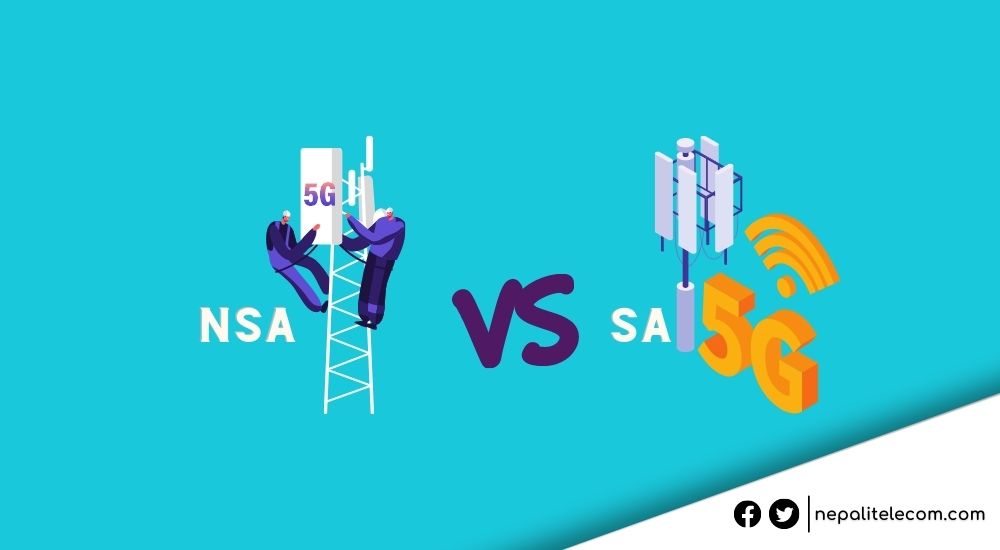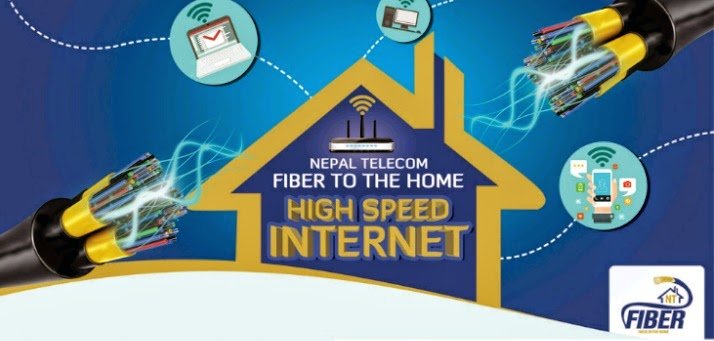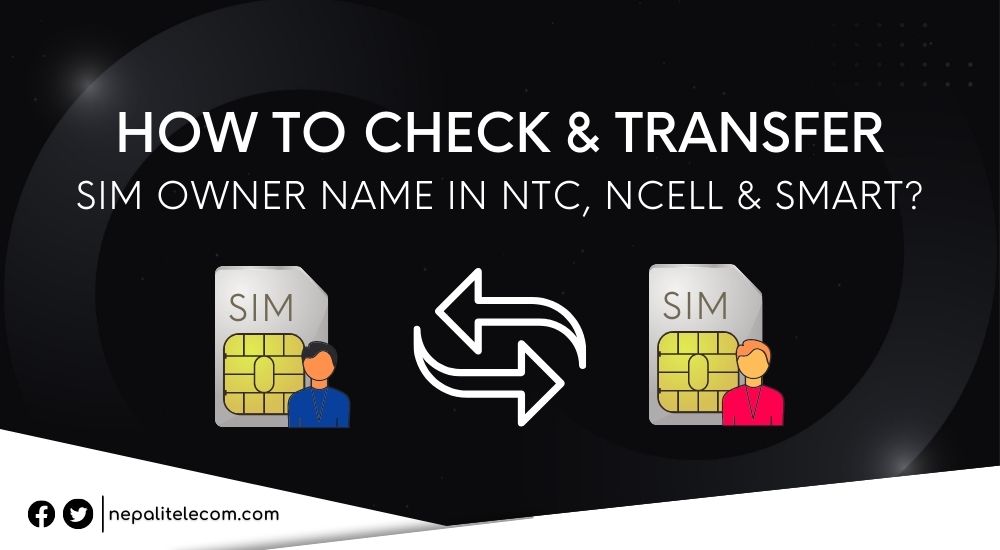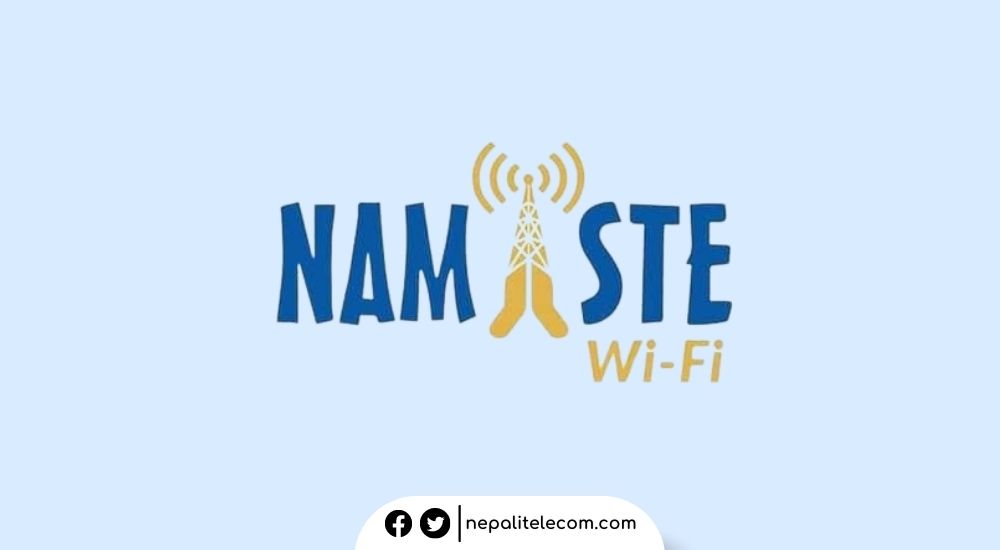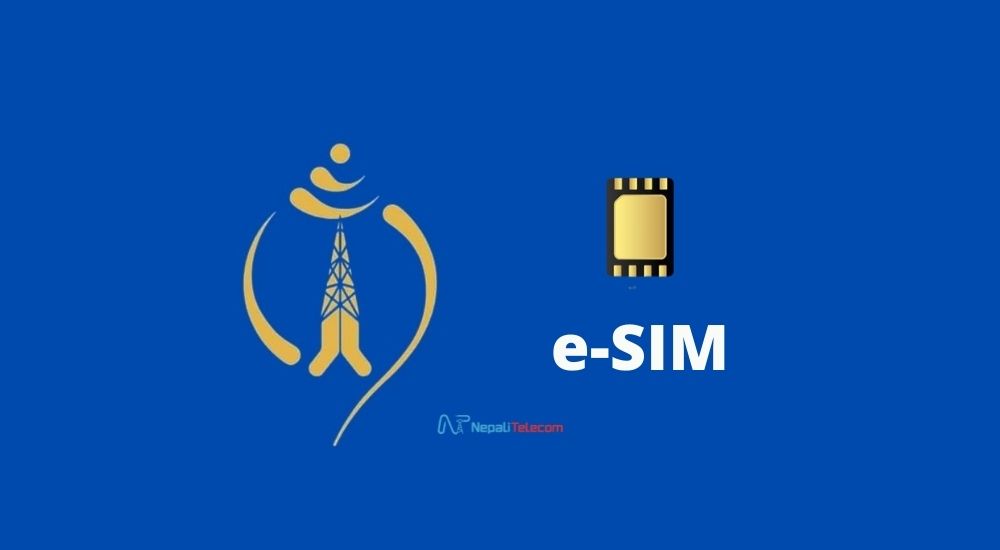Among various 5G discourses remains the SA vs NSA debate. Standing for Standalone and Non-Standalone, each architecture consists of distinct attributes and can offer significantly differing network capabilities from speed, latency, cost factors, etc. For the familiar, these may not need much digging, but for the uninitiated, this calls for satisfying exploration. So, in this post, we will find out what SA, and NSA 5G mean and what value each offers in terms of services and performance.
But let’s first begin with the basics – How do mobile networks work?
Mobile networks work with the combination of two major modules – Radio Network and Core Network parts. How each has been deployed determines whether a 5G network is SA or NSA. Both the SA and NSA deployment options are defined by 3GPP (3rd Generation Partnership Project).
- If the core part in a mobile network is a 4G Evolved Packet Core and the radio part is 5G New Radio, then it is a non-Standalone 5G (5G Radio + 4G Core = NSA).
- If both the radio and core parts are 5G NR and 5G core respectively, the combination makes a 5G SA (5G Radio + 5G Core = SA).
Speaking in layman’s terms, an NSA network is where 4G network is anchored, it is based on an existing 4G infrastructure. On the other hand, if a network is purely 5G by design which doesnot need any dependence over 4G or any other network, it’s a Standalone 5G.
| 5G Architecture | Design | Added Benefits | 4G Capability |
| SA | 5G Radio + 5G Core | Very high speed broadband, Low Latency, Massive IoT, Network Slicing | No |
| NSA | 5G Radio + 4G Core | Higher speed broadband than 4G | Yes |
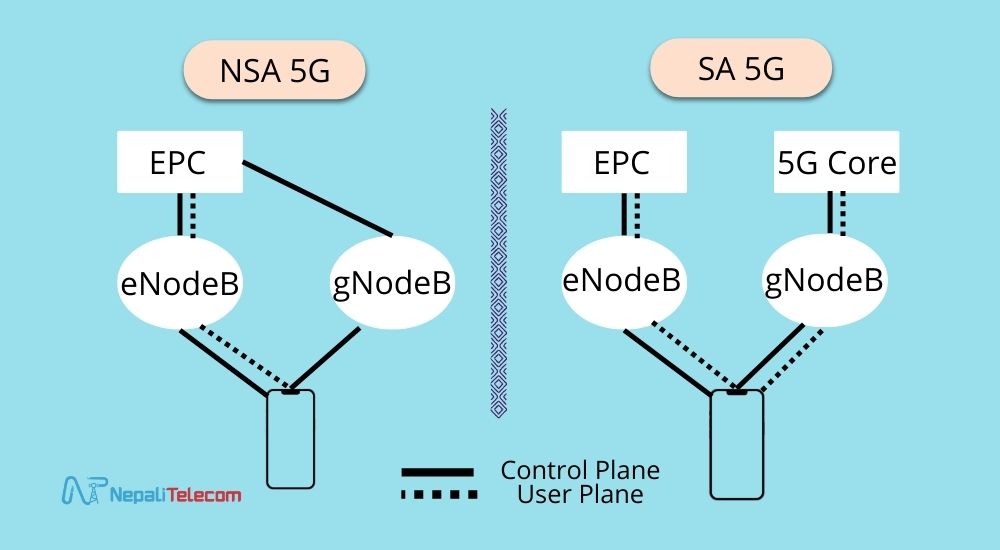
Check out: 5G Network, Service and Applications Explained
5G SA vs NSA
For telecom operators, both SA and NSA come with their own benefits. If a company aims to provide only high-speed connectivity 5G NSA could be ideal. It also costs much less as the existing 4G infrastructure can be duly utilized.
NSA 5G is useful for operators to transition to the 5G without much hustle and bustle with LTE infrastructure and increase broadband speed. However, the subordinate architecture doesn’t support network slicing, URLLC (Ultra reliable low latency communications), and mMTC (massive Machine Type Communication) to provide enhanced connectivity and use cases. Anyway, it is still capable of meeting the devices for video streaming, large file downloads, Augmented Reality (AR), Virtual Reality (VR), etc. For operators who are seeking to launch 5G without spending a lot on new hardware and software, this could be ideal.
But the true 5G experience comes from the coveted SA architecture as it works on both 5G core and radio parts. A SA 5G delivers high throughput, low latency, multiple connections (including IoT), network slicing, etc. It ticks virtually all the boxes for what we consider a real 5G experience. 3GPP defines the SA as a Service-Based architecture (SBA).
Besides, the SA 5G employs enhanced mobile broadband (eMBB), Ultra-Reliable and Low Latency communication (URLLC), huge machine-type communications (mMTC), etc. to offer gigabit data transmissions with low latency. Mobile Network Operators (MNOs) can provide the premium form of 5G for enterprises, smart cities, industries, smart home applications, etc.
Let’s find out the key benefits of both SA and NSA 5G:
Also see: Probable 5G Frequency Bands (Spectrum) in Nepal
Pros of NSA 5G
- Cheaper costs:
Carriers can build a 5G network on top of the existing 4G infrastructure thus reducing extra costs on new costly 5G core and radio parts. This is why MNOs can prefer to deploy NSA 5G. - Good Speed:
Although not hyper-fast, an NSA-powered 5G can still offer decent mobile broadband speeds good enough for all smartphone use cases. But expecting Gigabits of speed would be wishful. - Easy to deploy:
It is easy for setting up a SA 5G network as operators work on familiar infrastructures. Both configurations, updating, and maintenance become easy on a well-acquainted setup. - Speedy rollout:
As operators rely on the existing 4G core and radio, they can quickly configure the setup for 5G and roll out faster. - Paves the way to SA 5G:
With SA 5G, operators can deliver the taste of 5G while also becoming familiar with the network over time. This helps the NSA architecture to serve as the foundation for an upgrade to the SA version in the future.
Don’t miss: 4G vs. 5G: Differences Between Two Mobile Networks
Pros of SA 5G
- Reduced power consumption:
An SA 5G network is more power efficient because it only works with the 5G core and radio and nothing related to 4G LTE. - True 5G experience:
The SA 5G brings the truest next-gen experience to the users. Unlike NSA which only brings a minor speed bump if it does, the SA deployment enables extremely high throughput, low latency, massive IoT, network slicing, etc. - The ways of the future:
5G has always been promoted to offer stunning performance upgrades over 4G. Mostly, the Gigabits of speed, low latency, and industrial applications have become the pitch for the novel mobile standards. The SA 5G seems to be the only way carriers can deliver on the promises the 5G network can offer.
Both SA and NSA can co-exist
Early adopters of 5G have mostly focused on NSA deployments to launch their 5G network with slightly better speeds. It helps them save time and cash spent otherwise on new hardware. However, they do have an option to transition towards SA architecture after a period. Anyway, with the NSA variant, operators can provide broadband of 5G and voice on 4G (VoLTE). The 5G ecosystem still is not vast enough to warrant a complete SA strategy either which is why for now, NSA can offer telcos a cost-friendly and efficient 5G option.
But in the future, the SA-inspired 5G would be the key. MNOs will make a gradual transformation to the more mature 5G architecture to provide industrial and IoT needs. The global 5G trend is just accelerating and this is just the start so both SA and NSA 5G can co-exist and help perpetuate the fifth-generation revolutionary network.
SA or NSA 5G in Nepal?
Nepal is embracing for 5G trials this year with Nepal Telecom taking the charge. The operator has been approved 2600 MHz band and will use 60 MHz frequencies to go live. As for the architecture, there is a possibility of it choosing both SA and NSA for the advanced cellular network. This could be a rational decision as adopting both methods could help the government-backed operator find a feasible path to deliver the promising services and achieve higher digital inclusion.
Did the post help you gather more on the SA and NSA architecture of the 5G cellular network? Do let us know and comment below for more queries. We would be glad to share more.


